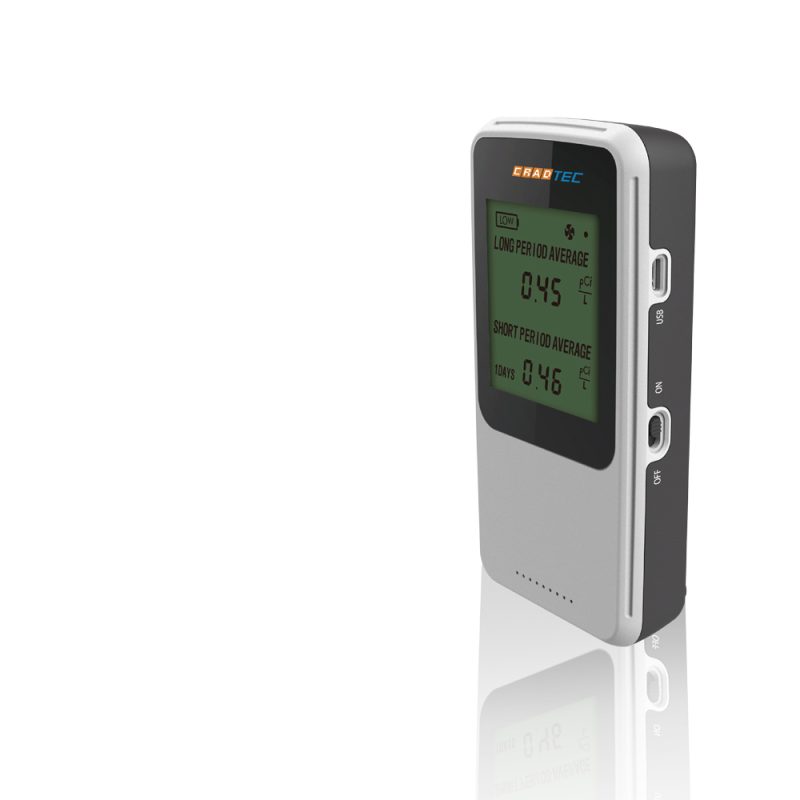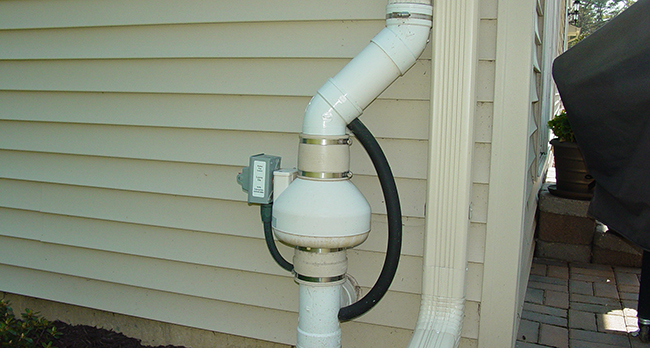Knowledge
What is the must for a Radon mitigation system?
In the context of radon mitigation, Cradtec Radon Detectors are significant components for accurately assessing radon levels. These detectors provide essential data for determining the most effective mitigation strategies.
The key components of a radon mitigation system are:
-
Sub-Slab Depressurization System: This system involves installing pipes and a fan beneath the building’s foundation to create suction or negative pressure under the concrete slab or basement floor. This negative pressure helps draw radon gas from the soil before it can enter the building.
-
Ventilation Pipe: The radon gas collected from beneath the foundation is vented to the outside atmosphere through a ventilation pipe. This pipe extends above the roofline to safely discharge the radon gas outdoors, away from occupied spaces.
-
Sealing of Cracks and Openings: It’s essential to seal any cracks or openings in the foundation and basement walls to prevent radon from entering the building through pathways other than the soil. Sealing these openings helps enhance the effectiveness of the mitigation system.
-
Fan: A fan is typically installed in the ventilation pipe to create the necessary suction or negative pressure to draw radon gas from the soil and vent it outdoors. The fan should be properly sized and installed to ensure optimal performance of the mitigation system.
-
Manometer: A manometer is a device used to monitor the pressure within the radon mitigation system. It provides visual indication that the system is operating correctly by showing whether the fan is creating the necessary negative pressure under the foundation.
-
Sealing and Insulation: In addition to sealing cracks and openings in the foundation, proper sealing and insulation of the building envelope can help minimize radon entry and improve the overall effectiveness of the mitigation system.
-
Monitoring and Testing: After installation, it’s important to regularly monitor and test radon levels to ensure that the mitigation system is effectively reducing radon concentrations. Periodic testing helps identify any issues or changes in radon levels that may require adjustment or maintenance of the system.
Overall, a well-designed and properly installed radon mitigation system is essential for effectively reducing radon levels and minimizing the health risks associated with radon exposure. It’s important to work with qualified professionals who are experienced in radon mitigation to ensure that the system meets the specific needs of the building and occupants.



